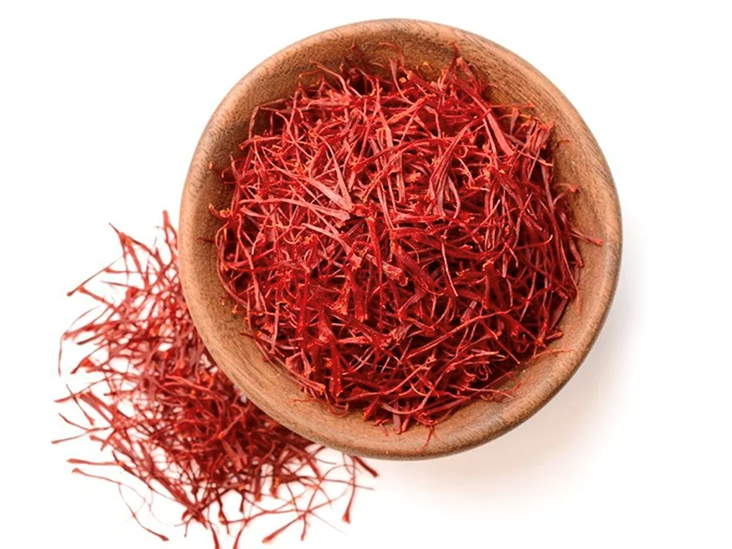What’s the Real Difference?
When it comes to premium spices, few are as prized as saffron—yet many people confuse it with kasubha, often marketed as a cheaper alternative. Although they may appear similar, kasubha and saffron differ greatly in origin, flavor, value, and health benefits.Kasubha vs Saffron

What is Kasubha?
Kasubha, also known as safflower, comes from the dried petals of the Carthamus tinctorius plant. It has a similar red-orange color to saffron. However, it lacks the rich aroma and deep flavor profile of the real thing. Because of its affordability, kasubha is commonly used in Filipino and Asian cooking as a natural food coloring or garnish.
Uses of Kasubha
-
Food coloring
-
Decorative spice
-
Herbal teas with mild effects
While it may add color, its taste is very subtle—almost bland. Therefore, it doesn’t contribute much flavor to your dishes.
What is Saffron?
On the other hand, saffron is derived from the stigmas of the Crocus sativus flower. Each flower produces only three delicate red threads. These must be hand-picked during a short harvest season. As a result, it takes around 75,000 flowers to produce just one pound of saffron, which makes it the most expensive spice in the world.
Benefits of Saffron
-
Deep, rich flavor
-
Distinct floral aroma
-
High antioxidant content
-
Supports mood and memory
-
Used in luxury skincare and wellness products
Compared to kasubha, saffron delivers an unmistakable taste. It’s warm, slightly sweet, and intensely aromatic. That’s why it’s a favorite in recipes like paella, biryani, risotto, and even desserts.
Key Differences Between Kasubha and Saffron
| Feature | Kasubha | Saffron |
|---|---|---|
| Origin | Safflower petals | Crocus flower stigmas |
| Color | Bright red-orange | Deep red with yellow tips |
| Flavor | Mild to none | Rich, earthy, floral |
| Price | Low | Very high |
| Health Benefits | Minimal | Extensive |
Clearly, the two are not interchangeable.
How to Tell the Difference
-
Appearance: Saffron threads are fine and trumpet-shaped, while kasubha appears flat and petal-like.
-
Aroma: Real saffron has a strong, sweet, and hay-like aroma. In contrast, kasubha is nearly odorless.
-
Price Tag: If it’s cheap, it’s likely not saffron. Therefore, always be cautious when buying.
Which One Should You Buy?
If you’re only after color and cost-effectiveness, kasubha might do the trick. However, if you value taste, aroma, and health benefits, pure saffron is the better choice. Moreover, buying from a trusted supplier ensures you’re getting the real thing.
Final Verdict
In summary, kasubha and saffron may look alike, but their uses and value are worlds apart. For budget-friendly cooking, kasubha works. Yet for true luxury and flavor, saffron is unmatched. So, when quality matters, go saffron.






